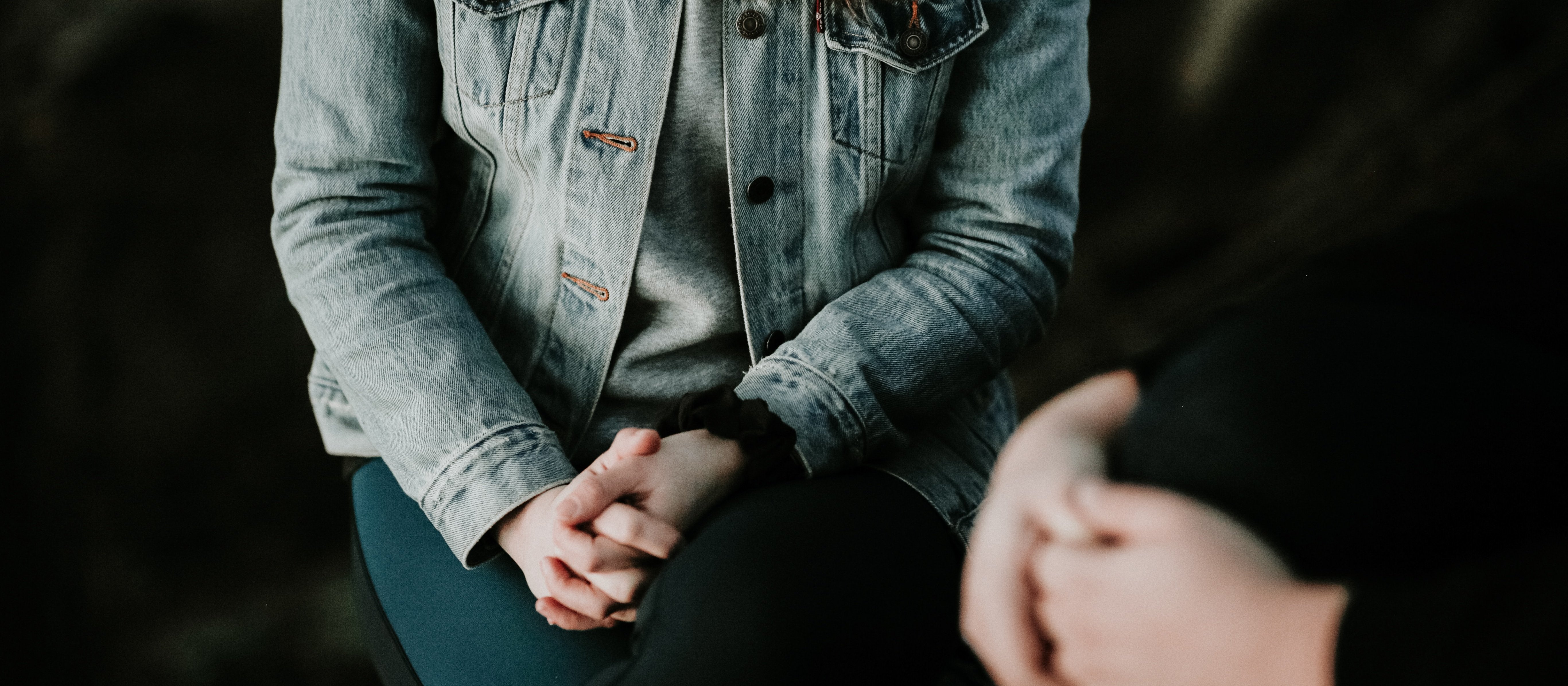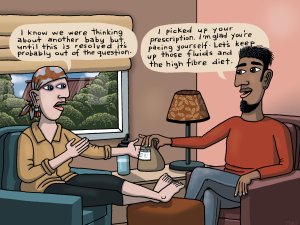Academic pharmacist Nataly Martini highlights the importance of understanding non-Hodgkin lymphoma and pharmacists’ roles in managing this condition
Growing use of psychotropic drugs among youth: EPiC data
Growing use of psychotropic drugs among youth: EPiC data

Nearly one in eight young people aged 12 and 25 has been dispensed a psychotropic drug in New Zealand in the past year according to new data released by He Ako Hiringa.
The use of antidepressants is also growing with data for European/other youth in the 12 to 25 age group showing use increasing from 6 per cent to 10 per cent between 2019 and 2022.
The figures were produced by He Ako Hiringa’s EPiC data analytics tool.
Alesha Smith is an associate professor at the University of Otago School of Pharmacy and helped develop the system.
Dr Smith says it is the first time there has been a detailed study looking at the medicines being taken by young people for mental health conditions.
She says it is difficult to know whether this is a good thing or a bad thing. “But what we do know is there is a high level of distress among young people and there is a growing youth mental health problem, and I think this is reflective of that.”
Non-pharmacological approaches such as counselling, psychological treatment and self-help are preferred as first-line treatment for youth experiencing depression or anxiety, says Dr Smith. These options are often associated with fewer side effects and may be more effective in the long term than drug treatment.
Dr Smith adds the rise in doctors prescribing antidepressants and other psychotropic drugs may be a side-effect of the difficulties young people face in accessing mental health services.
“While we know they work well for young people, they are harder to access in parts of New Zealand and the waiting lists for youth mental health services are really long.”
He Ako Hiringa says while the use of antidepressants is lower amongst Māori and Pacific youth compared with European and other youth, this isn’t being offset by increased use of other forms of psychological therapy.
That’s despite the latest youth survey suggesting increasing mental health concerns among Māori and Pacific youth.
Koi Tu: Centre for Informed Futures at the University of Auckland released a report on youth mental health in 2020. Titled Youth Mental Health in Aotearoa New Zealand: Greater Urgency Required, it highlighted the rapid and concerning rise in youth psychological distress and suicide rates.
“Nationally, poor mental health for youth is persistently inequitable and worsening. Protection and promotion of mental wellbeing for youth is now a matter of urgency,” said the report. It found that New Zealand suicide rates for those between 15 and 19 years were among the highest in the OECD. The report referenced the Youth2000 research project, which found persistent and growing mental health inequity between Māori and other ethnic groups.
It also found symptoms of depression and rates of suicide attempts were generally higher among those living in lower-income communities.
Declaration of interest: The Health Media, publishers of Pharmacy Today, is a 50 per cent shareholder in Matui Ltd, publishers of He Ako Hiringa
We're publishing this article as a FREE READ so it is FREE to read and EASY to share more widely. Please support us and our journalism – subscribe here
One of the benefits of subscribing is you will also be able to share your thoughts about what you read with other in our Comment Stream. You can also take notes on what you read with Capture



![Alesha Smith, EPiC lead analyst [Image: supplied]](/sites/default/files/styles/mugshot/public/Alesha%20Smith.jpg?itok=aP2D9A_q)


